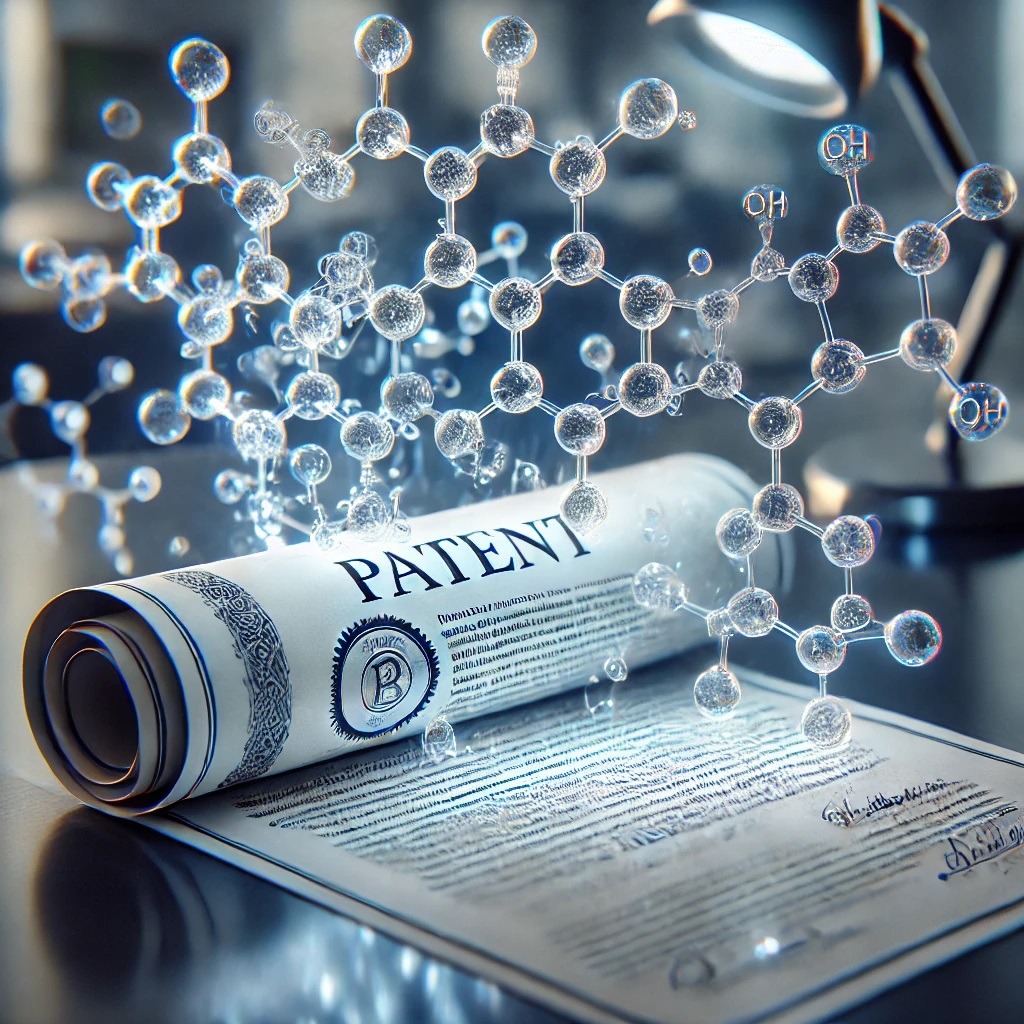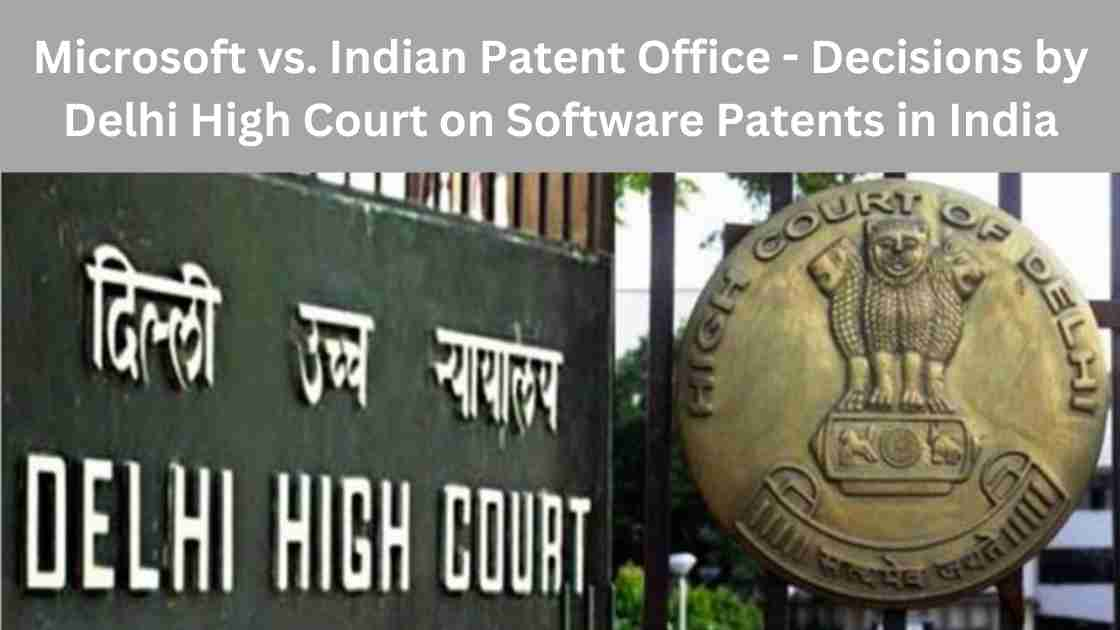Tag: Indian patent law

Understanding the Requirements for Composition Patents under Indian Patent Law
Composition patents are critical in industries such as pharmaceuticals, chemicals, and materials science, where innovative mixtures of substances lead to new and useful products. In India, obtaining a patent for a composition involves satisfying specific requirements laid out under the Indian Patent Law, particularly focusing on aspects like novelty, inventive step, sufficient disclosure, and ensuring that the patent does not fall under certain prohibitive sections, including Section 3(e). This blog post delves into these requirements in detail, along with relevant examples, to provide a comprehensive understanding of what it takes to secure a composition patent in India. Novelty: The Foundation of Patentability Example: Suppose a company develops a new adhesive composition that includes a novel combination of a known polymer and a specific ratio of a curing agent. If no previous patent or publication describes this exact combination, the composition is considered novel. However, if a prior patent or research…

Non-Patentable Subject Matter Under Section 3 of the Indian Patents Act, 1970
The Indian Patents Act, 1970, outlines the framework for granting patents and specifies the types of inventions that are patentable in India. A crucial aspect of this Act is Section 3, which enumerates various categories of inventions that are not patentable. Understanding these exclusions is essential for inventors, legal practitioners, and businesses seeking patent protection in India. This article delves into the intricacies of Section 3, highlighting the non-patentable subject matter and providing insights into the rationale behind these exclusions. Section 3 of the Indian Patents Act, 1970 Frivolous or Contrary to Natural Laws (Section 3(a)) Inventions that are frivolous or claim something obviously contrary to well-established natural laws are not patentable. Example: A machine claimed to generate energy without any input (a perpetual motion machine) would be excluded from patentability because it contradicts the law of conservation of energy. To become patent-eligible, the invention could be modified to operate…

Recent FAQs Published by the Indian Patent Office on Form 27
The Indian Patent Office recently released a comprehensive FAQ document…

A Comprehensive Guide to Patent Searches: Types, Examples, and When to Use Them
Patent searches are a crucial aspect of the patenting process.…

Microsoft vs. Indian Patent Office – Decisions by Delhi High Court on Software Patents in India
The part of this series focuses on the…

Case in Point: Sun Pharma Ltd vs. DWD Pharma Ltd
Case in Point is a new series where…
Categories
Recent Discussions
Recent FAQs Published by the Indian Patent Office on Form 27
The Indian Patent Office recently released a comprehensive FAQ document regarding Form 27, aimed at clarifying the requirements and procedures for patentees and…
Recent Discussions
A Comprehensive Guide to Patent Searches: Types, Examples, and When to Use Them
Patent searches are a crucial aspect of the patenting process. Whether you're an inventor, entrepreneur, or a legal professional, understanding the different types…
